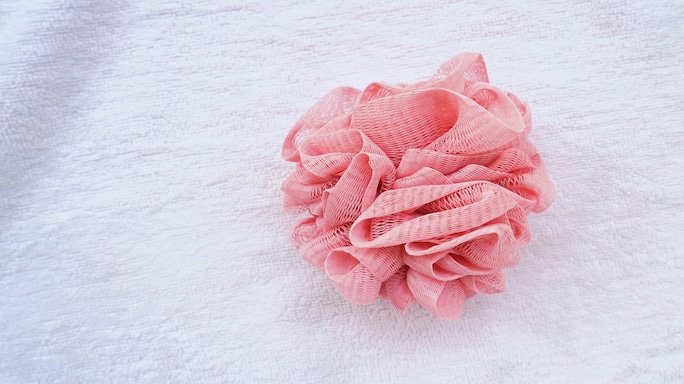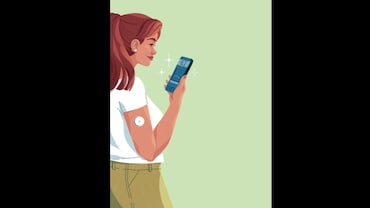- HOME
- /
- Health & Wellness
- /
- Beauty
- /
Know Your Loofah And Its Dos And Don'ts
A loofah removes the dead skin cells during the shower
 Photo: Shutterstock
Photo: Shutterstock
Lather a loofah with shower gel, and it can transform your bathing experience. A loofah helps remove dead skin cells, thereby exfoliating your skin during the shower. It is lightweight and has a coarse consistency.
But did you know that loofah or luffa is a vegetable of the gourd family. Grown in tropical and sub-tropical climates, the plant’s fibrous interior is used for bathing and washing purpose.
The gourd when young is edible, but once it starts maturing, it turns brownish and the outer layer starts separating from the fibrous inside. As you peel the outer skin, it reveals a spongy substance. Remove the seeds and wash the sponge well with soap water. Place it in the sun to dry, and you have your loofah ready.
What to be mindful of
After the shower, your wet loofah with all the dead skin cells it has just removed from your skin is a bed for bacterial growth. And, the humid conditions in your bathroom only aid the bacteria. So, the next time, you rub the loofah, you could potentially bring the germs (bacteria) back on your skin.
As a good practice, always let you loofah dry out completely before you use it again. Take it out of the wet bathroom, if possible, and hang it in a corner where it gets light and air. You can also wash your loofah in a bleach solution to kill germs, if any.
Also, many skin experts caution against daily use of loofah since your skin doesn’t need daily exfoliation. Everyday use of loofah could leave your skin dry and itchy by stripping it of its natural oils. If you love your loofah scrub, stick to twice-a-week routine. Avoid sharing it with anyone to reduce the risk of any skin infection.






